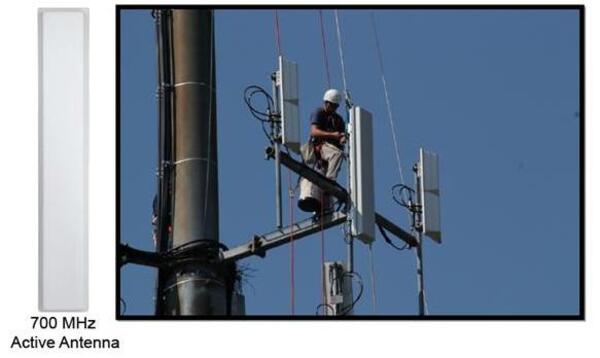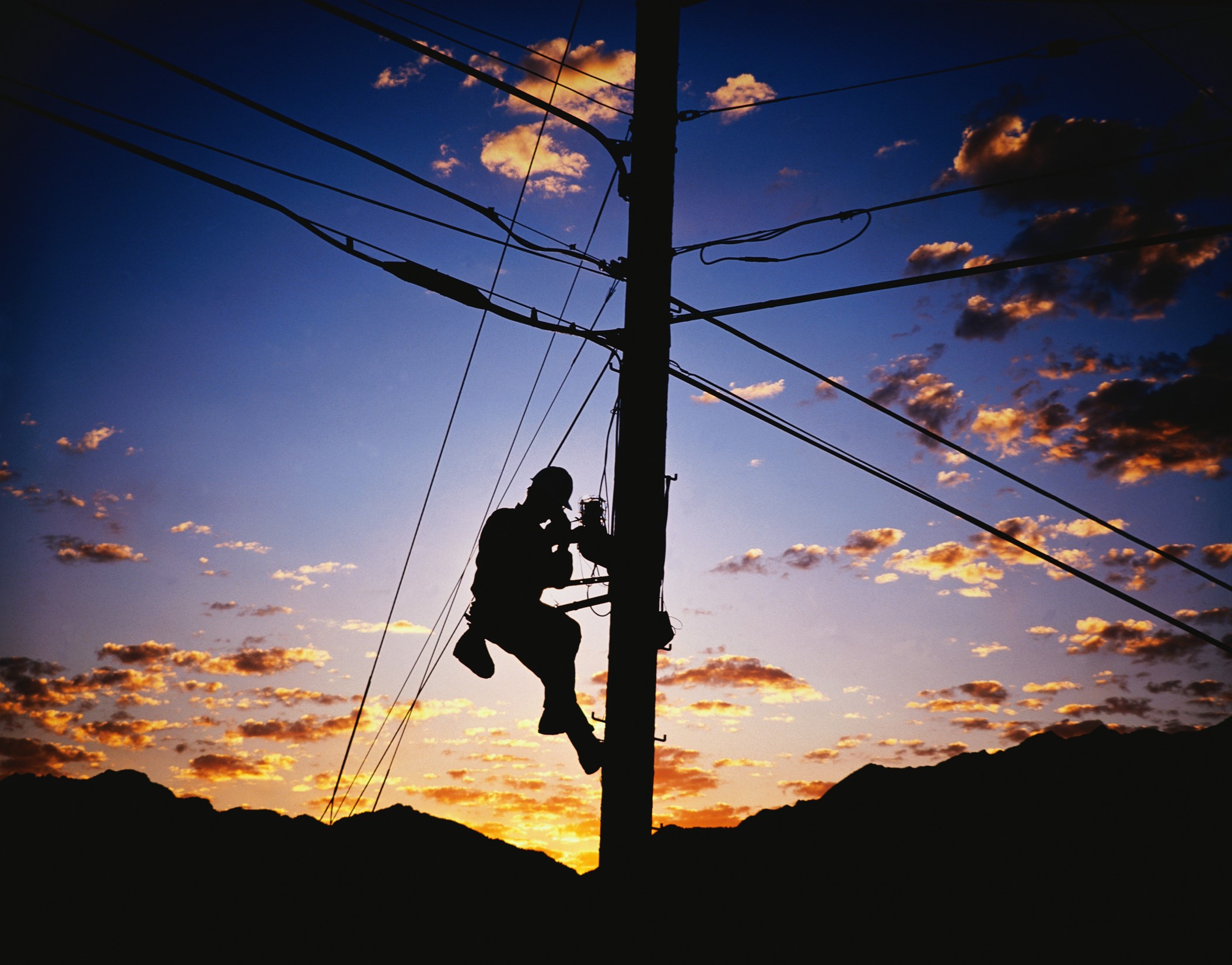The recent 700 MHz LTEactive antenna system field trial is certainly a memorable moment for closing out 2011. This was a successful opportunity for CommScope to demonstrate the features of active antennas in a true multi-site field trial and provide a glimpse of what we can expect in the future.
Active antenna systems basically consist of integrating the functionality of a traditional remote radio head (RRH) and a dual-polarized antenna into a single housing that can now be deployed at the top of the tower. The active antenna electronics are distributed within the antenna, such that each radiating element will now have its own dedicated transmit and receive paths. This distributed architecture now provides one with the ability to control the amplitude and phase of each radiating element. This is one of the key considerations that enable the feature set of active antenna systems.
Have a look at the white paper, active antenna system presentation, and press release for more details.
What did the LTE field trial tell us?
- The overall active antenna system performance compared well with traditional passive antennas and remote radio heads. This was confirmed by monitoring key performance indicators, such as signal-to-noise levels and uplink and downlink throughput rates. The same high performance LTE throughput levels were achievable with an active antenna system.
- The ability to independently tilt uplink and downlink elevation patterns was effective. This is an important feature that can now allow the radio planner to further optimize patterns and increase sector throughput.
- The ability to implement vertical sectorization showed significant promise for increasing capacity. Essentially, one carrier is dedicated for the inner sector, while a second carrier is dedicated for the outer sector. The results also were in excellent agreement with simulations.
- The self-healing feature of active antennas was implemented and also shows great potential for addressing system availability concerns. By simulating a failure of an individual transceiver path, a new optimized pattern was immediately implemented. Drive tests reinforced that theoretical predictions were accurate.
- The ease of installation of the active antenna system was also a pleasant surprise. The field installation team was able to use all of the same hoisting and installation equipment as they normally would use for a passive antenna. The mounting hardware and grounding kits were identical to what they use for otherCommScopeproducts.
- Once the antennas were mounted on the towers, it was encouraging to see how well the appearance blended in with the existing antennas. The photo below shows the antenna at the final installation phase. The cell-site owners were very pleased to see that the appearance was similar to antennas deployed today and would not impact leasing costs.
We and our technology partner Ubidyne are pleased with the results of what we believe was the first-ever LTE field trial of an active antenna system. We believe this is an important step toward the promise of better, more cost effective ways to transmit broadband signals to mobile customers using next generation networks.
How do you think active antennas can play a role in 4G networks? What challenges are you facing?







